 Department of Chemistry
Department of Chemistry
-
About
-
Research
-
Academics
-
People
-
Board
Seminar
Seminar
-
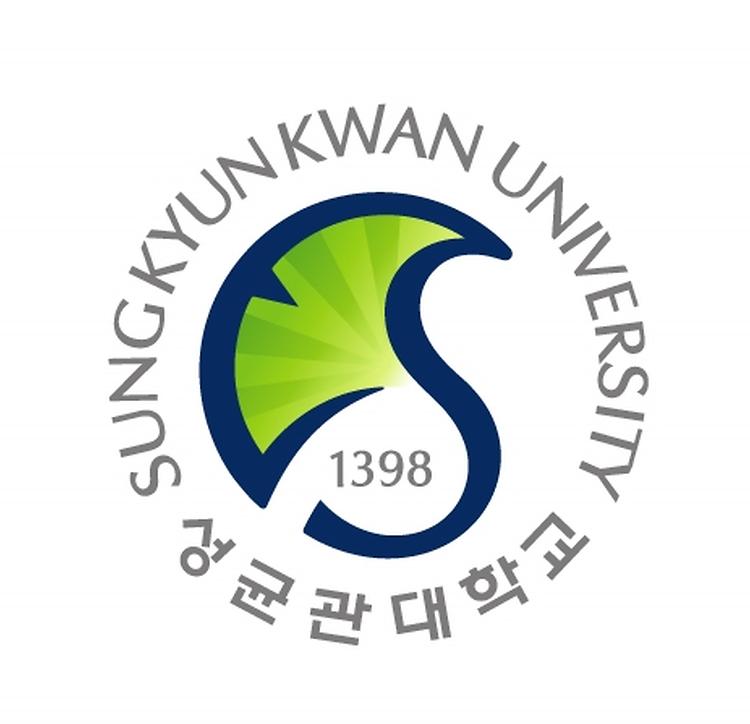
Towards Artificial Photosynthesis
 2023년 12월 14일(목)오후 4시 30분
2023년 12월 14일(목)오후 4시 30분 330226호실
330226호실
- POSTED DATE : 2023-12-01
- WRITER : 화학과
- HIT : 971
-
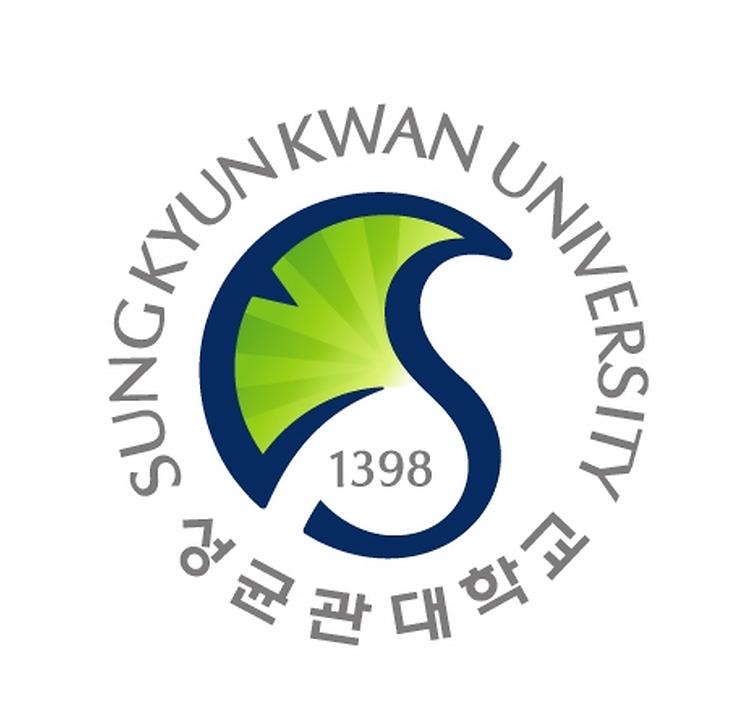
Biomedical toolkits for advanced organoid engineering
 2023년 12월 7일(목)오후 4시 30분
2023년 12월 7일(목)오후 4시 30분 330226호실
330226호실
- POSTED DATE : 2023-12-01
- WRITER : 화학과
- HIT : 787
-
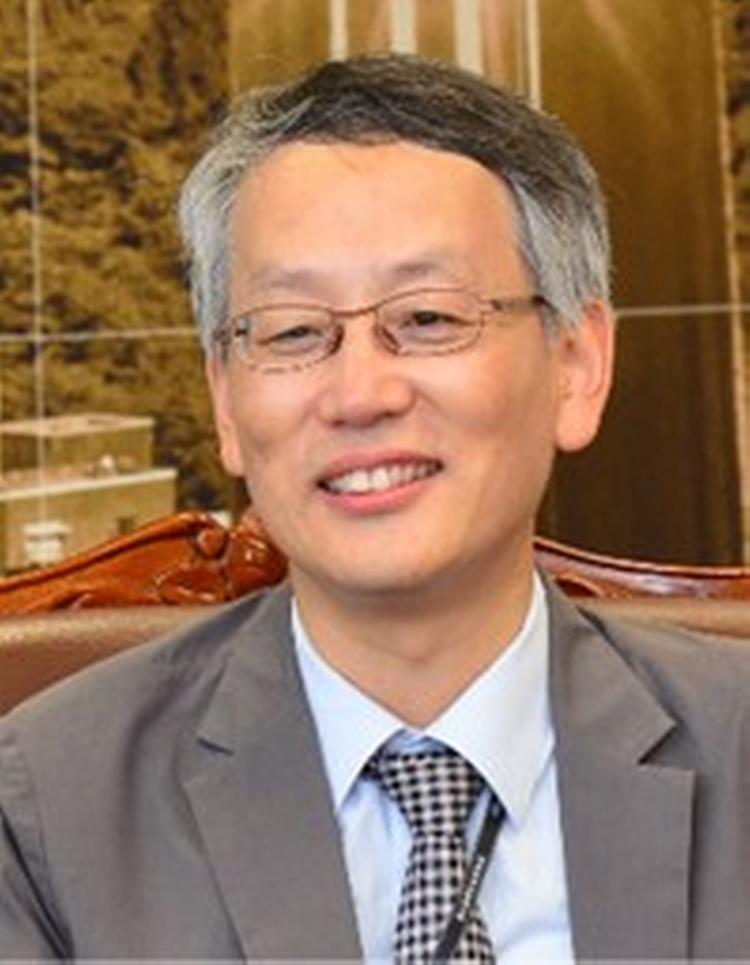
Unlocking the Potential: EVs as the Next Frontier in Therapeutic Modalities
 2023년 11월 30일(목)오후 4시 30분
2023년 11월 30일(목)오후 4시 30분 330226호실
330226호실
- POSTED DATE : 2023-11-27
- WRITER : 화학과
- HIT : 1058
-
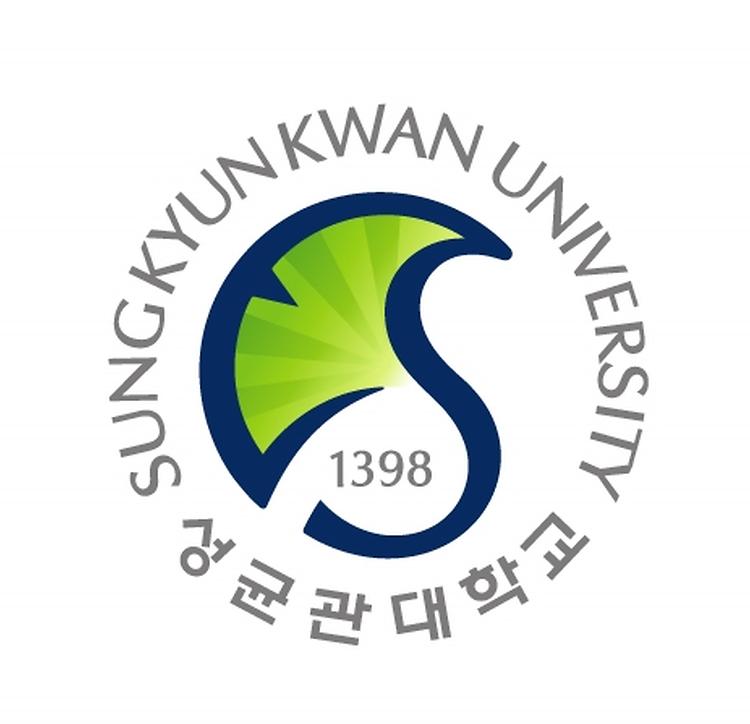
Advancements in Chemical Enrichment and Matrix Development for Mass Spectrometric Analysis of Biomolecules
 2023년 11월 23일(목) 오후 4시 30분
2023년 11월 23일(목) 오후 4시 30분 330226호실
330226호실
- POSTED DATE : 2023-11-21
- WRITER : 화학과
- HIT : 941
-
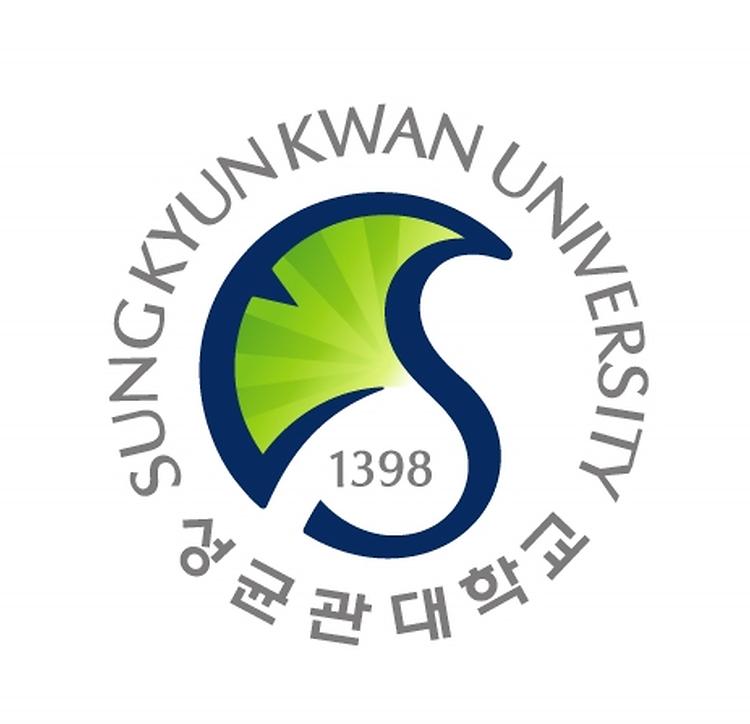
2023 대한화학회 경기지부 추계 심포지움
 2023년 11월 16일(목) 13:30
2023년 11월 16일(목) 13:30 330118호실
330118호실
- POSTED DATE : 2023-11-14
- WRITER : 화학과
- HIT : 1150
-
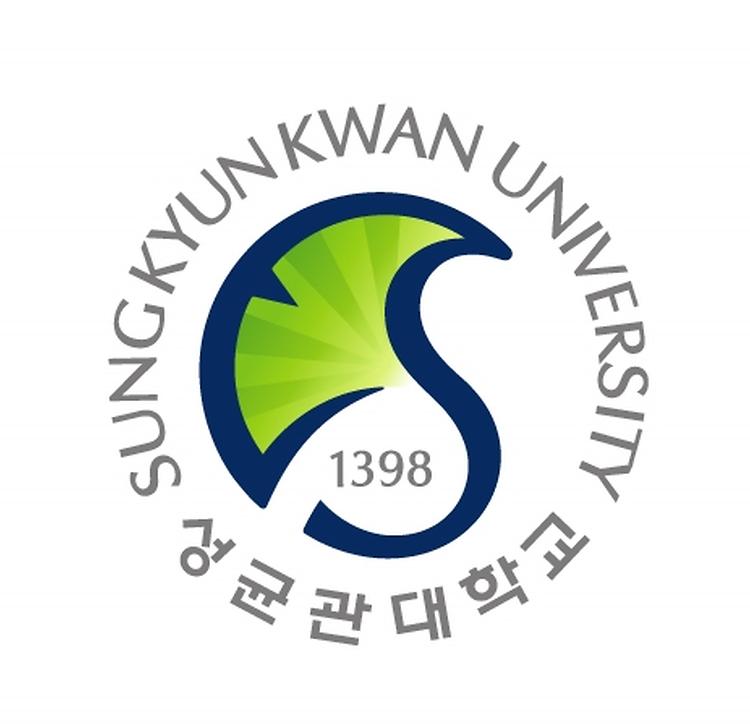
-
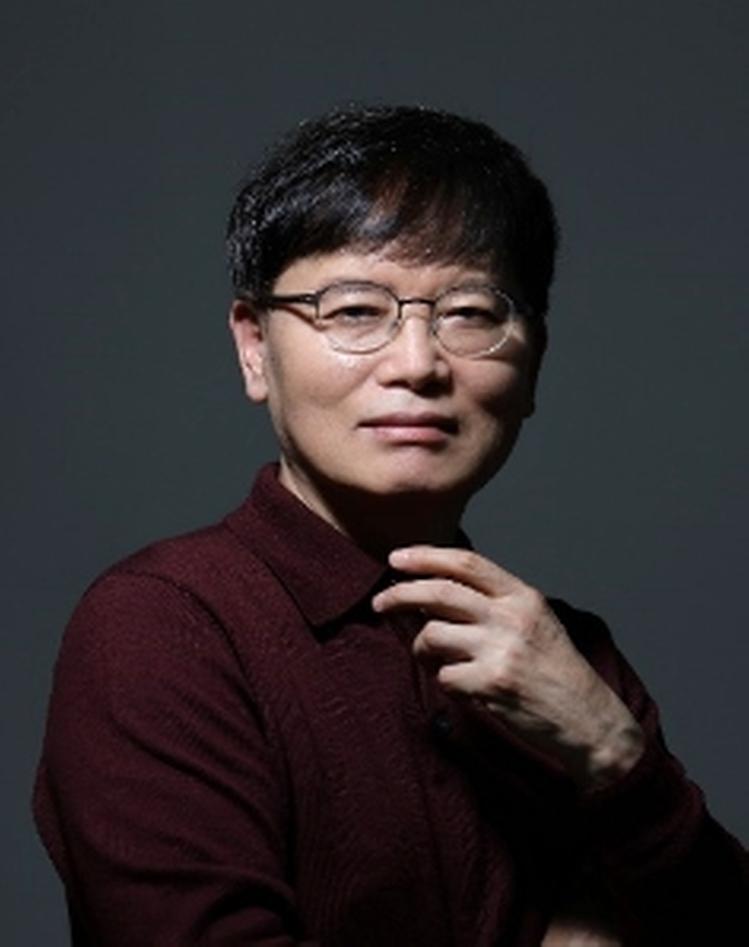
[Plenary Seminar] A Journey to Molecular Excitonic World
 2023년 11월 9일(목) 오후 4시 30분
2023년 11월 9일(목) 오후 4시 30분 330118호실
330118호실
- POSTED DATE : 2023-11-02
- WRITER : 화학과
- HIT : 1358
-
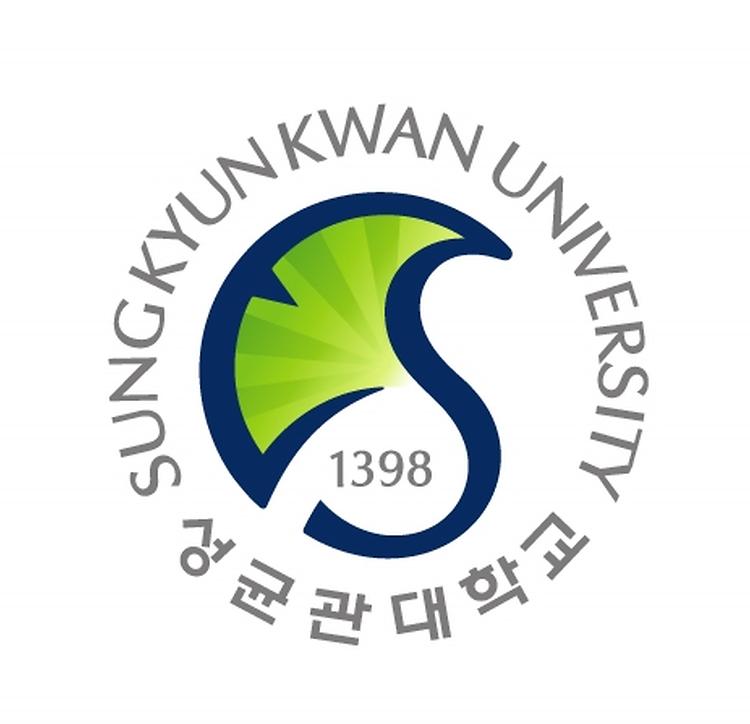
진실을 밝히는 과학의 힘, 국과수!
 2023년 11월 2일(목)오후 4시 30분
2023년 11월 2일(목)오후 4시 30분 330226호실
330226호실
- POSTED DATE : 2023-10-30
- WRITER : 화학과
- HIT : 1257
-
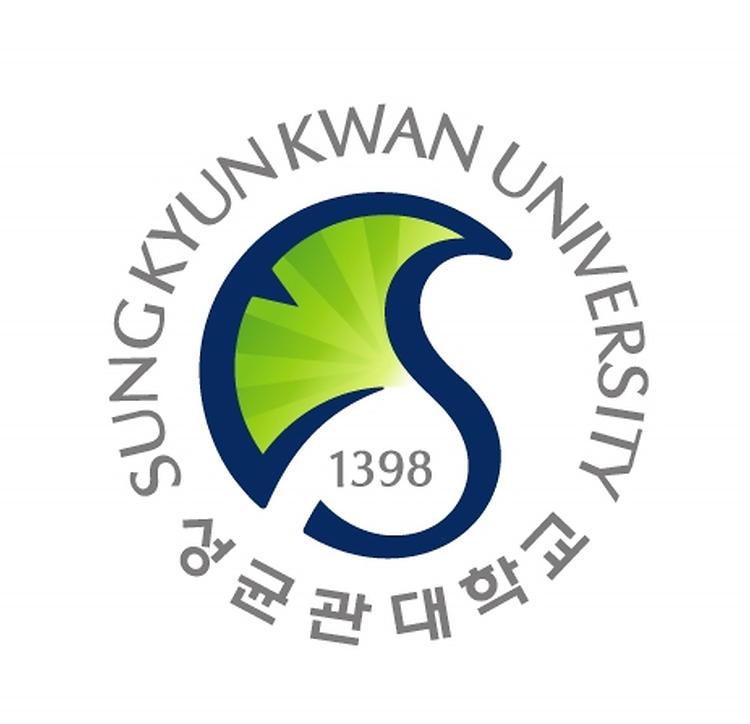
Chemistry of underdeveloped metal phosphide quantum dots such as Cd3P2 and Zn3P2 Nanocrystals
 2023년 10월 19일(목) 오후 4시
2023년 10월 19일(목) 오후 4시 330226호실
330226호실
- POSTED DATE : 2023-10-12
- WRITER : 화학과
- HIT : 1518
-
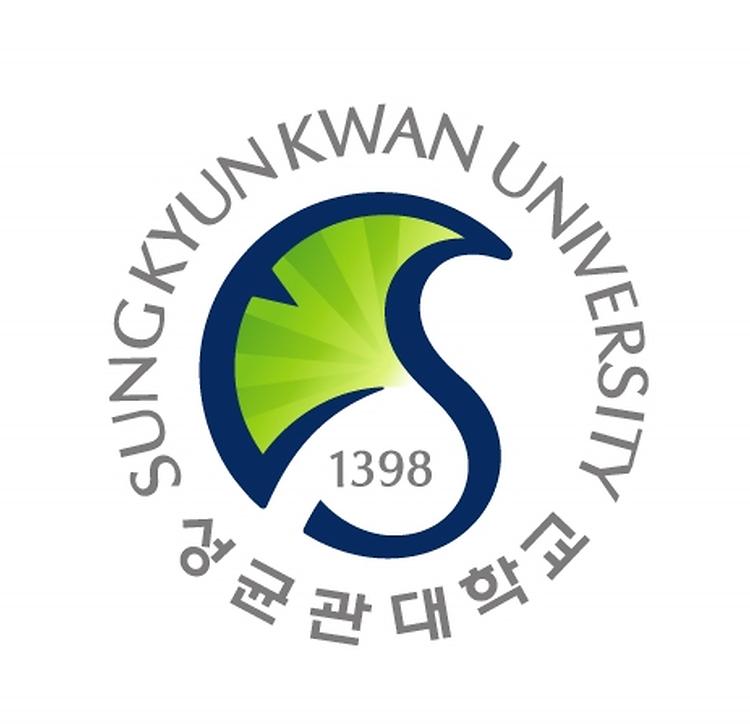
양자 빛을 이용한 양자 센싱
 2023년 10월 12일(목) 오후 4시 30분
2023년 10월 12일(목) 오후 4시 30분 330226호실
330226호실
- POSTED DATE : 2023-10-05
- WRITER : 화학과
- HIT : 1087
 발전기금
발전기금



